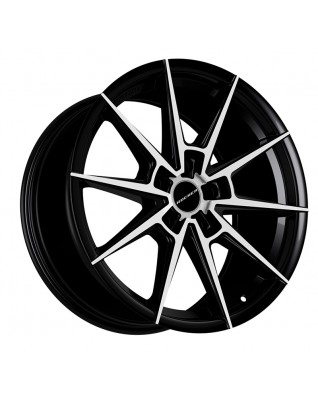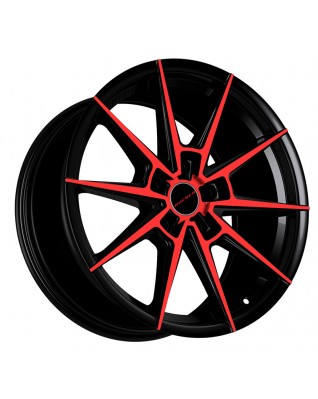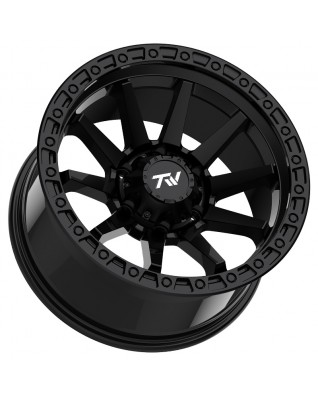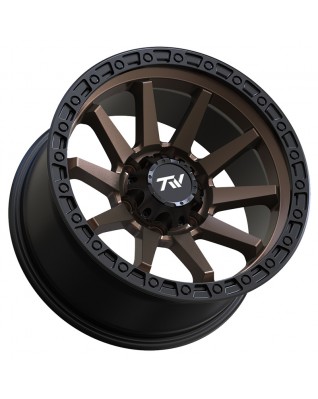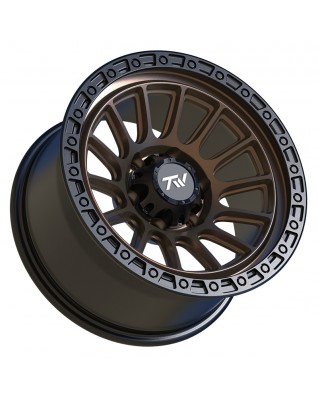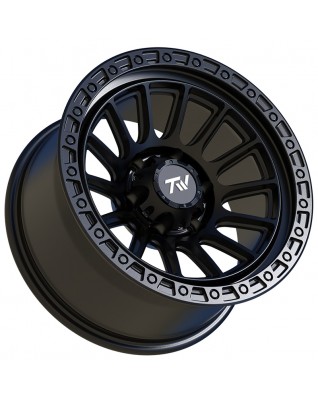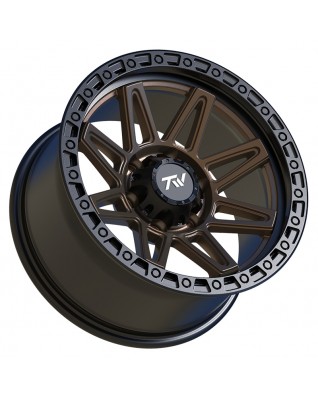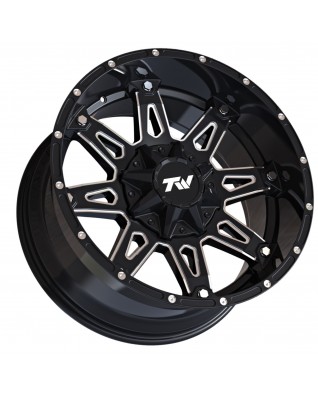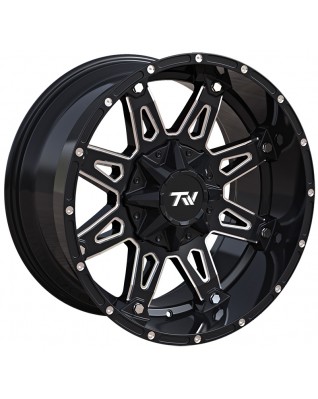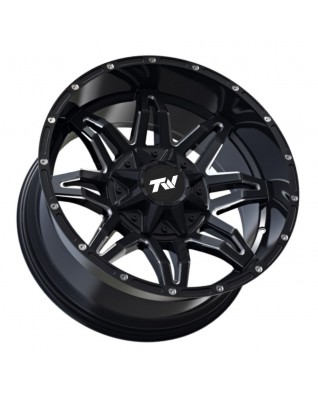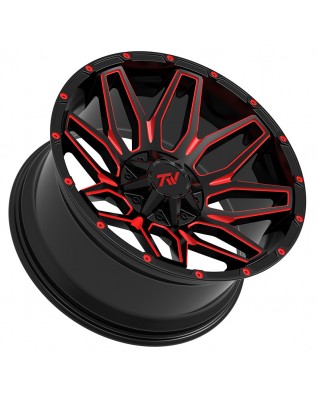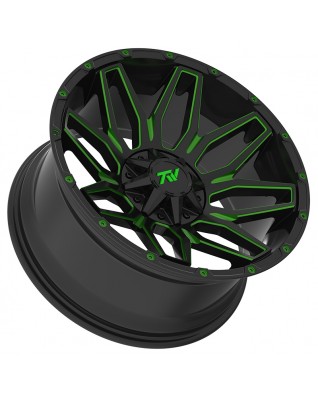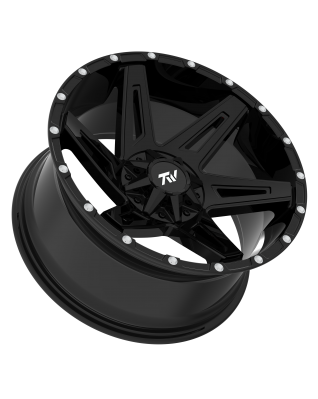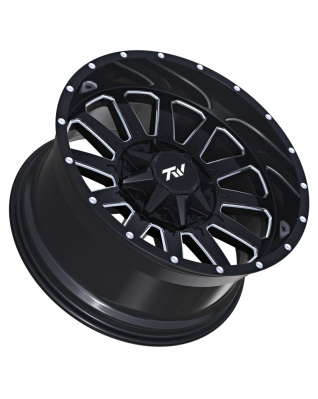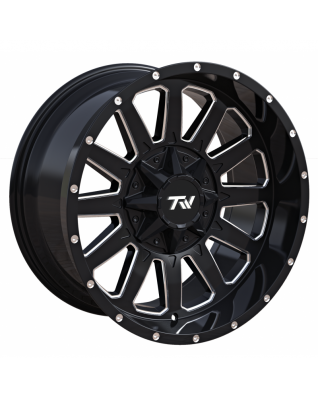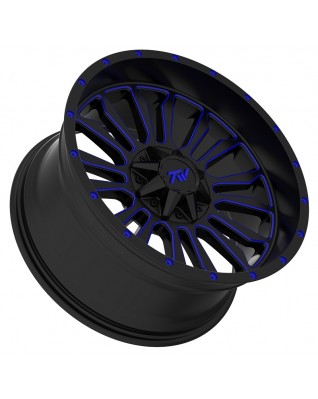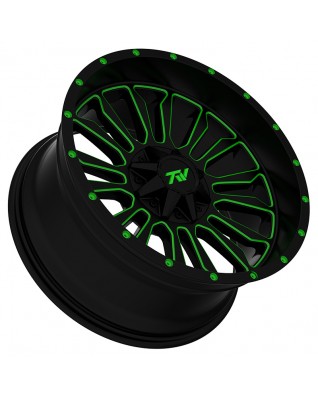WHEELS
Wheels in Vehicles: A Detailed Explanation
A wheel is a crucial component in any vehicle, as it allows movement by reducing friction between the vehicle and the road surface. Wheels play a significant role in handling, stability, fuel efficiency, and overall performance.
Components of a Vehicle Wheel
A vehicle wheel consists of several key parts, each serving a specific function:
1. Rim
• The rim is the outer circular part of the wheel, which holds and supports the tire.
• It is usually made of steel, aluminum alloy, or carbon fiber for strength and durability.
• The design of the rim affects the vehicle’s aerodynamics, weight distribution.
2. Tire
• The tire is the rubber covering mounted around the rim. It provides grip and absorbs road shocks.
• Tires are made of rubber compounds and are reinforced with materials for added strength.
• There are different types of tires for various driving conditions.
3. Hub
• The hub is the central part of the wheel that connects to the vehicle’s axle.
• It contains the wheel bearings, which allow the wheel to spin freely while reducing friction.
4. Spokes or Wheel Disc
• The spokes (in wire wheels) or the wheel disc (in solid wheels) provide structural support.
• They help distribute the weight and forces acting on the wheel.
• Modern alloy wheels often have stylish spoke patterns for improved aesthetics and aerodynamics.
5. Lug Nuts or Wheel Bolts
• These are fasteners that hold the wheel securely to the hub.
• Most cars have four, five, or six lug nuts, depending on the vehicle’s size and weight.
6. Valve Stem and Air Pressure System
• The valve stem is a small rubber or metal tube where air is pumped into the tire.
• Proper tire pressure is essential for safe driving, fuel efficiency, and tire longevity.
Functions of Wheels in a Vehicle
1. Enable Movement
• Wheels reduce rolling resistance, allowing the vehicle to move efficiently.
• Without wheels, a vehicle would struggle to move forward due to high friction.
2. Provide Traction and Stability
• The tire’s tread pattern ensures grip on different road surfaces, preventing skidding.
• Wider wheels offer better stability, while narrower wheels improve fuel efficiency.
3. Absorb Road Impact
• The rubber tire and air inside act as a cushion, absorbing shocks from rough roads.
• This enhances comfort for passengers and reduces stress on the vehicle’s suspension.
4. Support Vehicle Weight
• Wheels evenly distribute the car’s weight across all four contact points with the road.
• Stronger materials like alloy or steel help handle heavy loads.
5. Improve Handling and Control
• Wheels affect steering response, braking, and overall driving dynamics.
• Performance vehicles often use low-profile tires and lightweight alloy wheels for better control.
Wheels are an essential part of any vehicle, impacting safety, efficiency, and performance. Understanding their components, functions, and types helps drivers make informed decisions when choosing or maintaining their vehicle’s wheels. Proper maintenance, such as checking air pressure, alignment, and tire condition, ensures long-lasting and safe driving.




